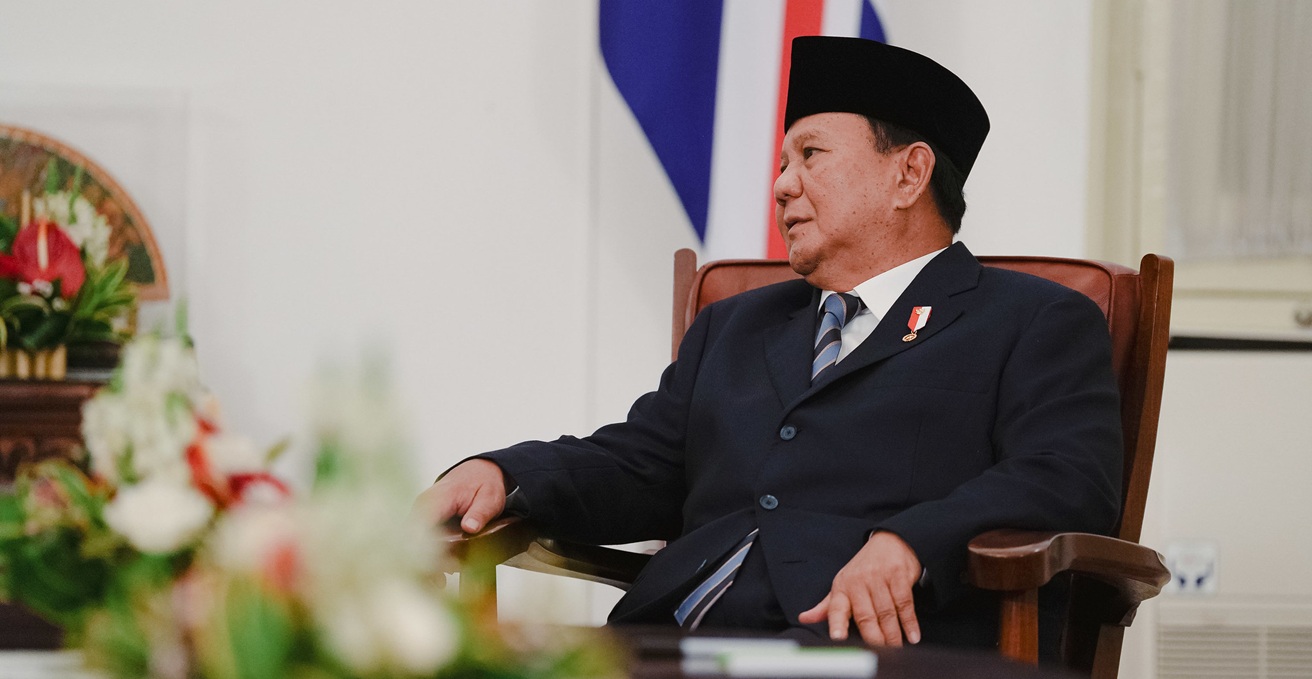A Global Plastics Treaty without a common understanding of the “plastics lifecycle” or “plastic pollution” is, at best, an aspirational instrument that fails to address the source of the problem. Agreement is sorely needed.
It was 7:52pm on Friday 2 December 2022 when the chair to the intergovernmental negotiating committee (INC) gavelled the conclusion of the first session to develop a Global Plastics Treaty. More than an hour had passed since the translators clocked off for the day and several delegates had already called to close the meeting. The week-long negotiations established the need for a circular economy encompassing the full life cycle of plastics; however, United Nations (UN) members remained at odds regarding when the plastics life cycle begins and ends. Without a comprehensive definition of “plastic pollution,” a circular economy will fail to reduce virgin plastics or prevent microplastics and may result in a broad treaty with weak provisions.
Background
There is no question that plastic pollution is a significant human and environmental health problem. Littered in the environment, plastic pollution forms a breeding ground for disease-carrying mosquitos. It clogs drains, resulting in flooding. It causes animal entanglement, injury, starvation, and toxification. Plastics absorb and transfer hazardous chemicals to sea life and, in turn, to humans up the food chain – having recently been found in human placenta and breast milk. The cost of plastic pollution to society is estimated in the hundreds of billions of dollars each year.
Increasing awareness of the adverse effects of plastic pollution spurred the UN Environment Assembly (UNEA) to catalyse international cooperation on the issue with the adoption of UNEA Resolution 5/14, “End Plastic Pollution: Towards an International Legally Binding Instrument (ILBI).” It established the INC to facilitate international cooperation, with an ambitious timeline to produce a treaty by 2024. The first session of the INC took place the last week of November 2022 in Punta del Este, Uruguay, and online. It invited UN members and stakeholders to lay their cards on the negotiating table ahead of substantive negotiations.
A Circular Economy?
A circular economy emerged at the INC as a potential framework for the plastic pollution instrument. The UN Environment Program (UNEP) defines the circular economy as an economic model wherein products and materials are designed to be reinjected into the economy through reuse and recycling, thereby minimising waste. This differs to the definition posed by others in the circular economy network, crucially the Ellen MacArthur Foundation, which stresses the regenerative and restorative nature of circularity: the consumption of a resource must not exceed its regeneration. This requires us to rethink plastics, a petrochemical product made with fossil-fuel feedstocks that develop over millions of years.
UN members have yet to decide whether ending plastic pollution requires international cooperation from the point of product design, or whether it includes fossil-fuel feedstocks and plastic polymers. This is complicated by the ambiguity of core terms including “plastics lifecycle” and “plastic pollution,” for which the UNEP has yet to adopt and endorse definitions. As a result, the INC implicitly discussed a circular economy for plastics as a cycle through product manufacturing and end-of-life management. For a circular economy to be restorative, it must address the source of the plastic pollution problem. In other words, it must encompass fossil-fuel extraction and petrochemical processing and explore alternatives to the overconsumption of finite resources.
Not Just Plastic Waste
Plastic pollution is not only mismanaged waste. It also stems from intentionally added microplastics, such as microbeads in personal-care products, and from anticipated wear and tear of plastic products, such as tyre abrasion from driving. This constitutes an estimated 12 percent of plastics in the environment. Microplastics, defined as plastic particles smaller than 5mm in diameter, are particularly hazardous to human and environmental health due to their size. Yet, they were seldom discussed by the INC.
While microplastics were discussed in preparatory meetings, such as the Ad Hoc Expert Group (AHEG) on Marine Litter and Microplastics established by UNEA Resolution 3/7, it was absent from the INC. Again, the ambiguity of the core terms, “plastics lifecycle” and “plastic pollution,” have made it unclear whether the INC will cooperate on plastic materials or plastic products only. To end plastic pollution, the forthcoming instrument must go beyond waste to restrict accidental and intentional microplastics. It must prohibit microbeads destined to go down the drain and phase-out plastic materials that are prone to shedding, such a synthetic clothing.
An Existing Treaty on Plastic Waste
While there is yet no treaty to end plastic pollution, regulation exists around the trade of plastic waste. Plastic waste is governed by the 1994 Ban Amendment to the 1989 Basel Convention on the Control of Transboundary Movements of Hazardous Wastes and their Disposal (hereafter, Basel Convention). The Ban Amendment, which only entered into force in 2019, deems plastic scrap as hazardous waste and therefore subject to conditions on its global trade. Specifically, it allows only the trade and transit of minimum quantities of plastic waste between European Union (EU) and Organisation for Economic Cooperation and Development (OECD) members with prior informed consent if the export country lacks the technical capacity to dispose of it.
Another treaty on plastic waste runs the risk of duplicating the Basel Convention and its Amendment. To avoid conflict between existing and emerging regulations, policymakers might prefer to adopt an aspirational instrument with broad rules that are implemented on the ground. This could result in a framework convention driven by nationally determined targets, rather than an ambitious, substantive, and international legally binding agreement. The stakes are too high and the vested interests too strong to leave the forthcoming Global Plastics Treaty open to interpretation.
The Treaty We Need
An effective, international, legally binding instrument to end plastic pollution requires ambitious targets for the reduction, limitation, and phasing-out of virgin plastic material and problematic plastic products. It requires a comprehensive approach to the full lifecycle of plastics, including fossil-fuel extraction, petrochemical processing, product design and manufacturing, waste management, and remediation. It requires curbing unsustainable production and consumption while redressing the adverse impacts of plastics on human and environmental health.
This is not possible without comprehensive definitions of the “plastics lifecycle” and “plastic pollution,” which include fossil-fuel feedstocks and petrochemical processing. Without these core components, a Global Plastics Treaty based on the circular economy will amount to an aspirational instrument with no real teeth.
Babet de Groot is a PhD Candidate in Government and International Relations, School of Social and Political Sciences, at the University of Sydney. She is researching the politics and global governance of plastic pollution along the value chain and in the ocean. Babet observed the first session of the intergovernmental negotiating committee (INC) to develop an international legally binding instrument to end plastic pollution, including in the marine environment, in Punta de Este, Uruguay, in November 2022. She is also a Postgraduate Teaching Fellow at the University of Sydney.
This article is published under a Creative Commons License and may be republished with attribution.




